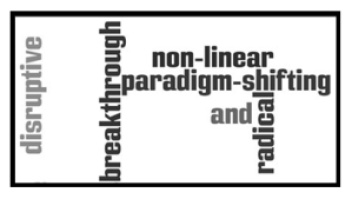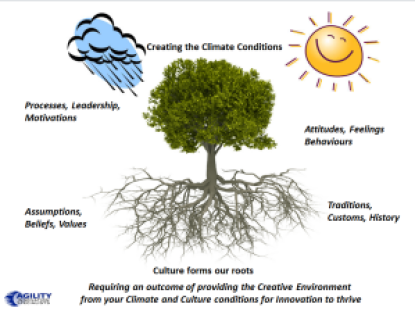 The realization that innovation goes way beyond product innovation is a massive hurdle for many of our existing organizations to overcome, certainly in what they are offering today as solutions.
The realization that innovation goes way beyond product innovation is a massive hurdle for many of our existing organizations to overcome, certainly in what they are offering today as solutions.
We are also witnessing such significant erosion of long-standing practices, and established boundaries between suppliers and customers, you get this feeling that everything is blurring.
This is part two of an extended series on my thoughts on “moving towards a new way of managing innovation” that explores the potential for changing the management of innovation.
How can the innovation process capitalize on all the changes we are undertaking at present in new ways, in broader engagements and collaborations, to deliver more effectively on the promise within our innovation potential?
Well I would suggest we do need to refocus
There is a very strong case we need to rethink the whole management of our innovation activity, as innovation is failing to deliver on its potential promise in the current ways we are attempting to undertake it, highly constrained and under-resourced.
Continue reading “Moving towards a new innovation service model”







